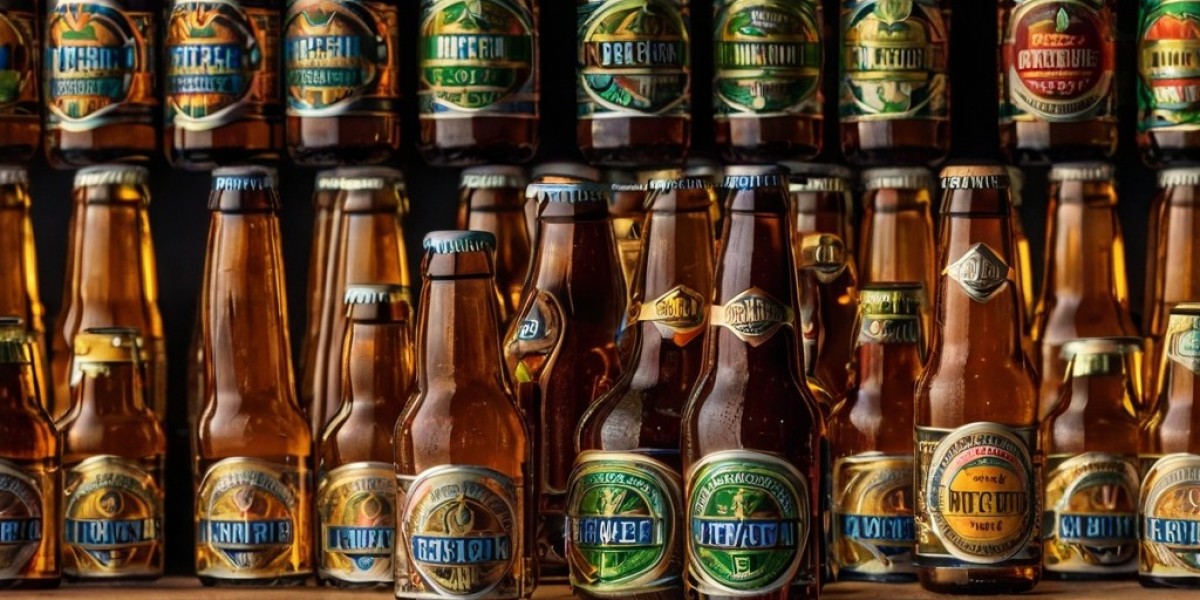The beer industry is one of the largest and most competitive sectors in the global beverage market, and 2024 is set to be no different. As consumer preferences continue to evolve, various segments within the Beer Market are jockeying for a larger share of this multibillion-dollar industry. In 2024, several key players, both global giants and smaller craft breweries, are competing to carve out their share in an increasingly diversified market. From non-alcoholic beers to craft brews, the beer industry is responding to emerging trends that are reshaping its market share dynamics.
Major Players Continue to Dominate
In terms of sheer volume and revenue, large multinational corporations such as Anheuser-Busch InBev, Heineken, and Carlsberg continue to hold the lion’s share of the global beer market in 2024. These companies benefit from their established global presence, massive production capacity, and extensive distribution networks. Together, they control over 50% of the market share, with their flagship products like Budweiser, Heineken, and Stella Artois continuing to be household names worldwide.
However, these beer giants are not just relying on their legacy brands. They are actively investing in new product lines to appeal to health-conscious consumers and craft beer enthusiasts. Non-alcoholic beer offerings, premium craft acquisitions, and sustainability-focused initiatives are helping these players maintain and even expand their share in key markets.
Non-Alcoholic Beers Claim a Growing Share
One of the most significant shifts in the beer market in 2024 is the rapid growth of the non-alcoholic beer segment. As health-consciousness rises and consumers seek alternatives to alcohol, non-alcoholic beer is carving out a substantial portion of the market. In 2024, non-alcoholic beer is projected to account for roughly 5% of total beer sales globally, up from just 2-3% a few years ago.
Large breweries like Heineken, with their 0.0 series, and AB InBev, with offerings like Budweiser Zero, are leading this charge. Smaller craft breweries are also entering the non-alcoholic space, further increasing the segment’s market share. This trend shows no signs of slowing down as the "sober curious" movement continues to gain momentum, particularly among younger generations.
Craft Beer’s Growing Slice of the Pie
Although craft beer represents a smaller share of the global beer market in terms of volume, its impact on market value is undeniable. In 2024, craft beer is expected to account for nearly 20% of the global market’s revenue, despite comprising only about 10% of the total beer volume consumed. This is largely due to the premium pricing of craft beers, which often come at a higher cost per unit compared to mass-produced beers.
The craft beer segment is particularly strong in regions like North America and Europe, where consumers are willing to pay more for unique flavors, small-batch production, and local ingredients. Many craft breweries have also expanded internationally, capitalizing on the growing demand for artisanal beer experiences in emerging markets.
Emerging Markets Expanding Beer Share
The beer market share in emerging markets is another key driver of growth in 2024. Regions such as Asia-Pacific, Africa, and Latin America are seeing significant increases in beer consumption, as urbanization and rising disposable incomes lead to a greater demand for beer. In particular, China remains one of the largest beer markets by volume, contributing heavily to the market share of global beer giants operating in the region.
For More Info: - https://www.gmiresearch.com/report/beer-market/
Conclusion
The beer market in 2024 is marked by a dynamic competitive landscape, where global giants, craft breweries, and non-alcoholic segments are all vying for market share. While large corporations maintain their dominance, the rise of non-alcoholic beers, the craft beer revolution, and the expansion into emerging markets are reshaping the industry's share distribution. The beer market continues to diversify, presenting opportunities for both established players and new entrants alike.



